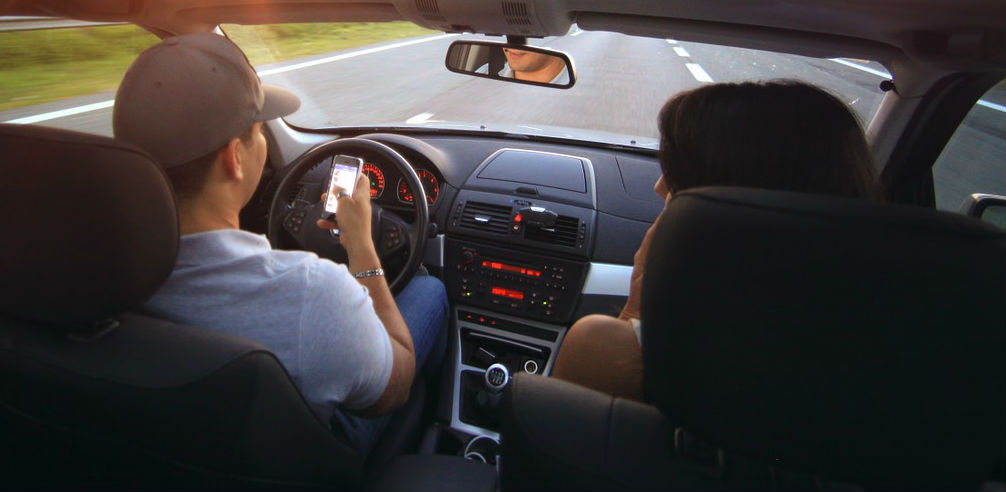
Safety technology in passenger cars and SUVs has been widely adopted and expanded in recent years. But its effectiveness may ultimately rely on the particular driver using it.
The AAA Foundation for Traffic Safety, a not-for-profit organization focused on reducing fatal traffic crashes, has this year alone published the findings of three studies looking into the relationship between drivers and advanced safety technology.
Drivers Who Don’t Understand Computerized Technology
The first, released in June, focused on how the driver’s knowledge and understanding of the technology – known as the driver’s mental model - influences the safe use of said technology (“The Impact of Driver’s Mental Models of Advanced Vehicle Technologies on Safety and Performance”).
Drivers were placed in two groups: those familiar with adaptive cruise control (strong mental model) and those were not (weak mental model). Adaptive cruise control automatically reduces a vehicle’s speed when approaching another vehicle from behind.
Drivers were given multiple traffic scenarios using a driving simulator. In all three, drivers who know more about adoptive cruise control more quickly disengaged it than drivers less knowledgeable. And the less knowledgeable drivers crashed more often.
The group released two more studies related to safety technology in cars in September.
One (“Driver’s Arousal and Workload under Partial Vehicle Automation”) focused on how well drivers paid attention while employing:
· Technology to avoid lane swerving
· Adaptive cruise control
Drivers hit the road with cars featuring this technology, but most were unfamiliar with them. Afterwards, nearly 70% of the drivers said they would use this computerized help as much as possible.
But researchers noted that previous AAA studies show that as drivers become more comfortable with automated safety technology the more they tend to rely on it and engage in distracted driving.
Dangerous Driver Expectations of Assisted Driving Technology
The second September AAA driving safety technology research examined drivers’ expectations. The study was based on a concern that the driving public may have unrealistic expectations and rely too much on these safety features, largely because of marketing efforts.
This study (“Impact of Information on Consumer Understanding of a Partially Automated Driving System”) involved drivers trained on the same driving assistance system. But half of the group received information that emphasized the system’s convenience and capabilities. The other half’s information focused on the system’s limitations and the driver’s responsibilities while using it. They all then drove a car with the system.
Written questionnaires given to all drivers before and after the training and driving sessions revealed that how the systems were marketed to them affected how they used them on the road.
Drivers receiving the convenience messaging tended to assume the technology provided safety benefits it did not, such as detecting and avoiding cars to the side. And this group of drivers said they were more willing to engage in dangerous behaviors while using the technology, including talking on a cell phone while driving.
Regardless of onboard safety technology, drivers still must be responsible for their negligent actions, especially when they result in catastrophic traffic crashes.
If you had a family member die or you were severely injured in a crash caused by another driver, turn to a car accident lawyer to pursue just compensation for those responsible.
The choice of a lawyer is an important decision that should not be based solely on advertisements.
Authored by Gray Ritter Graham, posted in Blog October 19, 2020

 RSS Feed
RSS Feed